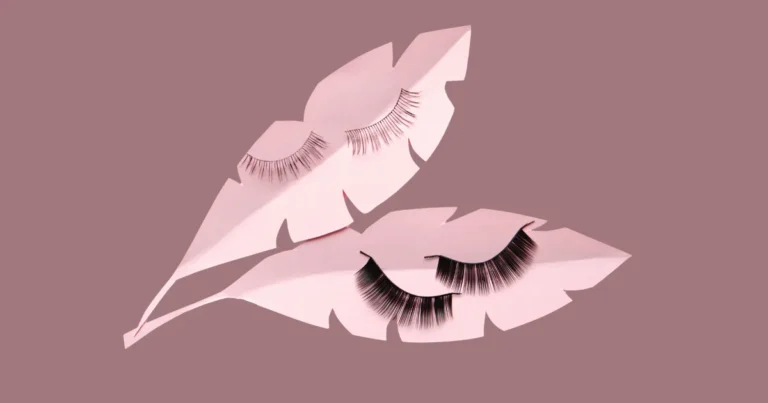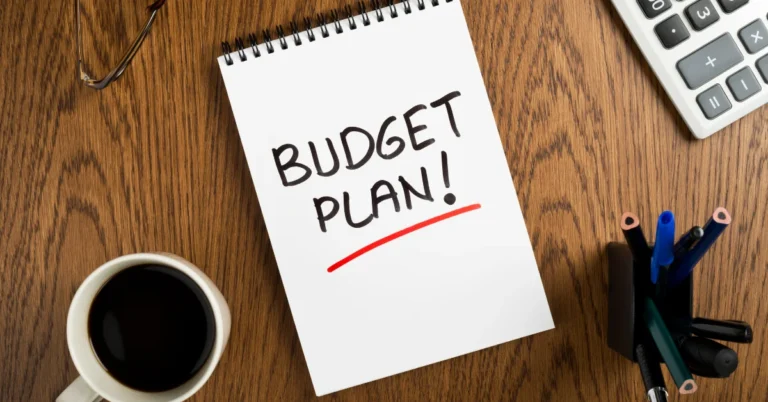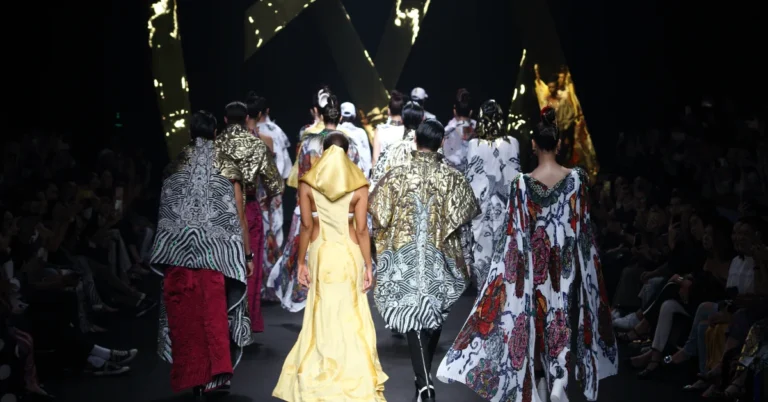Create Your Signature Look: Steps for Finding Your Personal Style
Finding your personal style can feel like a daunting task, especially in an era where fashion trends change rapidly. However, developing a unique style that reflects your personality and lifestyle is not only achievable but also immensely rewarding.
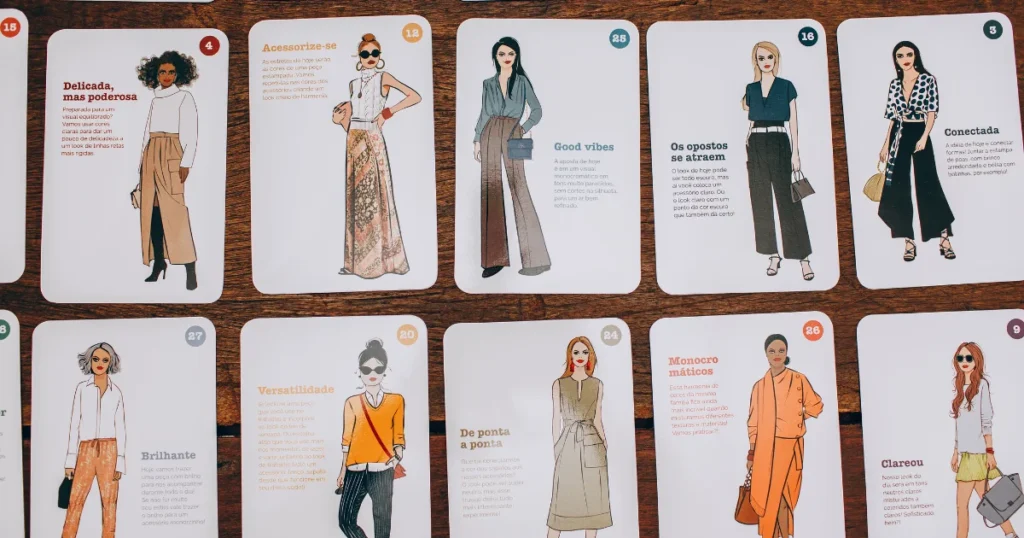
What’s Personal Style
Personal style is more than just the clothes you wear; it’s an expression of who you are. It encompasses your aesthetic preferences, lifestyle needs, and how you want to present yourself to the world.
Why Personal Style Matters
- Confidence: Wearing clothes that reflect your personality boosts your confidence.
- Consistency: A cohesive style makes shopping and dressing easier.
- Sustainability: By understanding your style, you can create a capsule wardrobe, reducing waste and promoting sustainable fashion choices.
Steps to Discover Your Personal Style
1. Assess Your Current Wardrobe
Start by examining what you already own. Look for pieces that you love and wear frequently. Identify common themes, such as colors, patterns, or silhouettes. This will give you an idea of your current style preferences and what makes you feel comfortable.
Create a Wardrobe Inventory:
2. Define Your Aesthetic
Your aesthetic is the visual aspect of your personal style. It includes the colors, patterns, and overall vibe you are drawn to.
Explore Different Aesthetics:
- Classic: Timeless pieces, neutral colors, elegant cuts.
- Bohemian: Flowing fabrics, earthy tones, eclectic patterns.
- Minimalist: Simple lines, monochrome palettes, functional pieces.
- Edgy: Bold colors, statement pieces, unconventional designs.
- Vintage: Retro silhouettes, nostalgic prints, antique accessories.
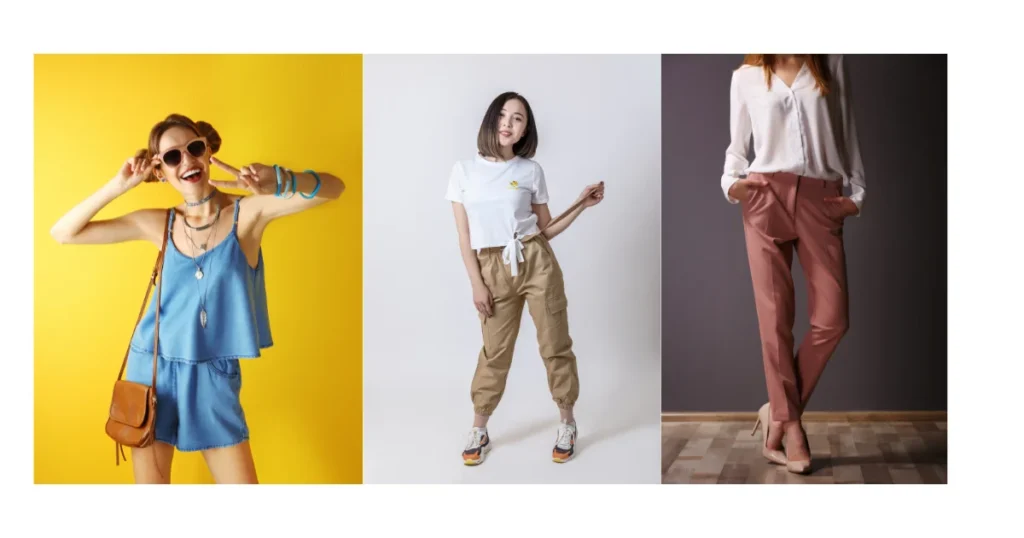
Tips to Identify Your Aesthetic:
- Create a Pinterest board or mood board with images that inspire you.
- Follow fashion influencers or bloggers whose style you admire.
- Pay attention to your reactions to different styles; note what excites you.
3. Consider Your Lifestyle
Your personal style should align with your daily activities and environment. A busy professional may need a different wardrobe than a stay-at-home parent or a student.
Lifestyle Audit:
- List your daily activities and the settings you frequent (office, gym, social events).
- Identify the clothing requirements for each activity (business casual, activewear, casual chic).
- Ensure your wardrobe caters to these needs without compromising on style.
4. Know Your Body Shape
Understanding your body shape is crucial for selecting clothing that flatters your figure. Common body shapes include pear, apple, hourglass, and rectangle.
Body Shape Analysis:
- Pear: Wider hips than shoulders. Look for A-line skirts, wide-leg pants, and fitted tops.
- Apple: Broader shoulders and bust with narrower hips. Opt for empire waist dresses, V-neck tops, and structured jackets.
- Hourglass: Balanced bust and hips with a defined waist. Emphasize your waist with belts, wrap dresses, and tailored pieces.
- Rectangle: Similar bust, waist, and hip measurements. Create curves with ruffled tops, flared skirts, and belted dresses.
5. Build a Capsule Wardrobe
A capsule wardrobe is a collection of essential, versatile pieces that you can mix and match. It simplifies dressing and ensures you always have something to wear.
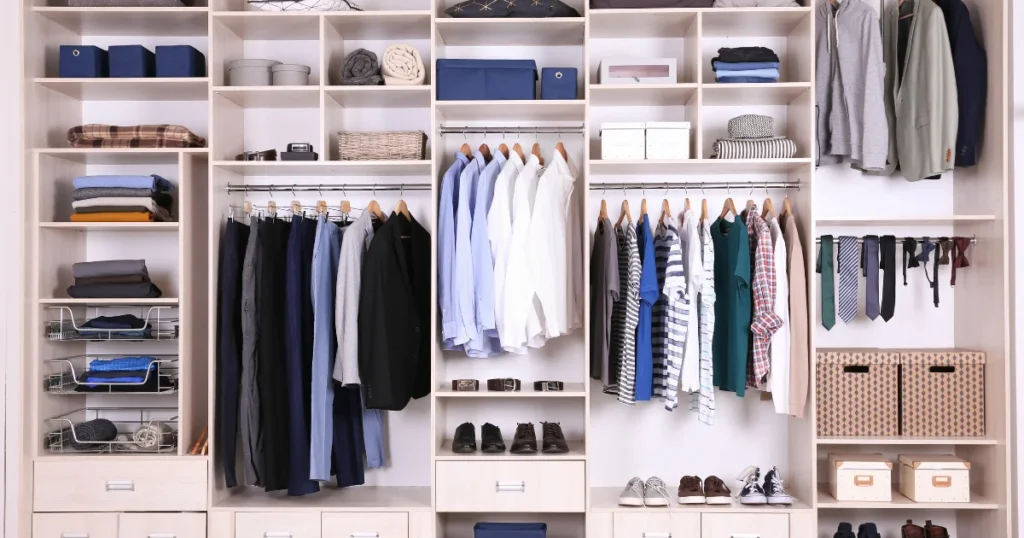
Creating a Capsule Wardrobe:
- Essentials: Invest in high-quality basics like a white shirt, black trousers, and a denim jacket.
- Statement Pieces: Include a few standout items that express your personality, such as a bold blazer or patterned dress.
- Versatile Shoes: Choose shoes that can be paired with multiple outfits, such as neutral flats, ankle boots, and classic pumps.
- Accessories: Select timeless accessories like a leather handbag, simple jewelry, and a versatile scarf.
Shopping for Your Personal Style
Once you have a clear understanding of your style, aesthetic, and lifestyle needs, it’s time to shop mindfully. Avoid impulsive purchases and focus on building a cohesive wardrobe.
Tips for Shopping Smart:
- Plan Ahead: Make a list of the items you need to complete your wardrobe.
- Quality Over Quantity: Invest in durable, well-made pieces that will last.
- Try Before You Buy: Ensure clothes fit well and make you feel confident.
- Stay True to Your Style: Resist trends that don’t align with your personal aesthetic.
Maintaining Your Personal Style
Finding your personal style is an ongoing process. As your life evolves, so may your style preferences. Regularly reassess your wardrobe to ensure it continues to reflect who you are.
Wardrobe Maintenance:
- Seasonal Decluttering: Review your wardrobe at the beginning of each season, donating or selling items you no longer wear.
- Outfit Planning: Plan your outfits ahead of time to avoid last-minute stress.
- Stay Inspired: Follow fashion blogs, attend style workshops, and stay open to new influences that resonate with your aesthetic.
Capsule Wardrobe Essentials
| Category | Essential Items |
|---|---|
| Tops | White shirt, black t-shirt, striped tee |
| Bottoms | Black trousers, blue jeans, pencil skirt |
| Dresses | Little black dress, casual day dress |
| Outerwear | Denim jacket, trench coat, blazer |
| Shoes | Neutral flats, ankle boots, classic pumps |
| Accessories | Leather handbag, simple jewelry, scarf |
Common Mistakes to Avoid
Take Away
Find your personal style is a journey of self-discovery and expression. Remember, fashion is not about following trends but about embracing what makes you feel good and confident.

